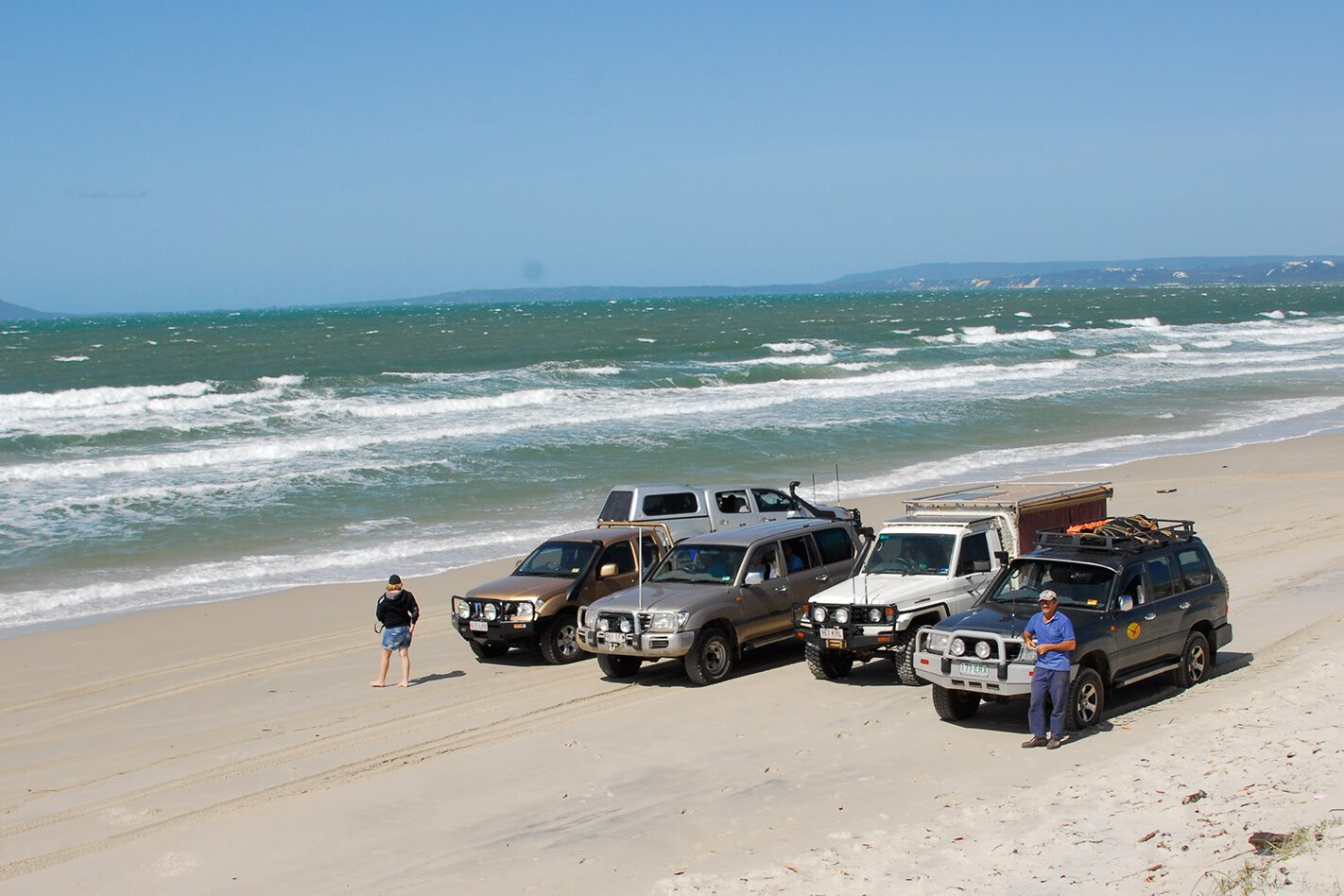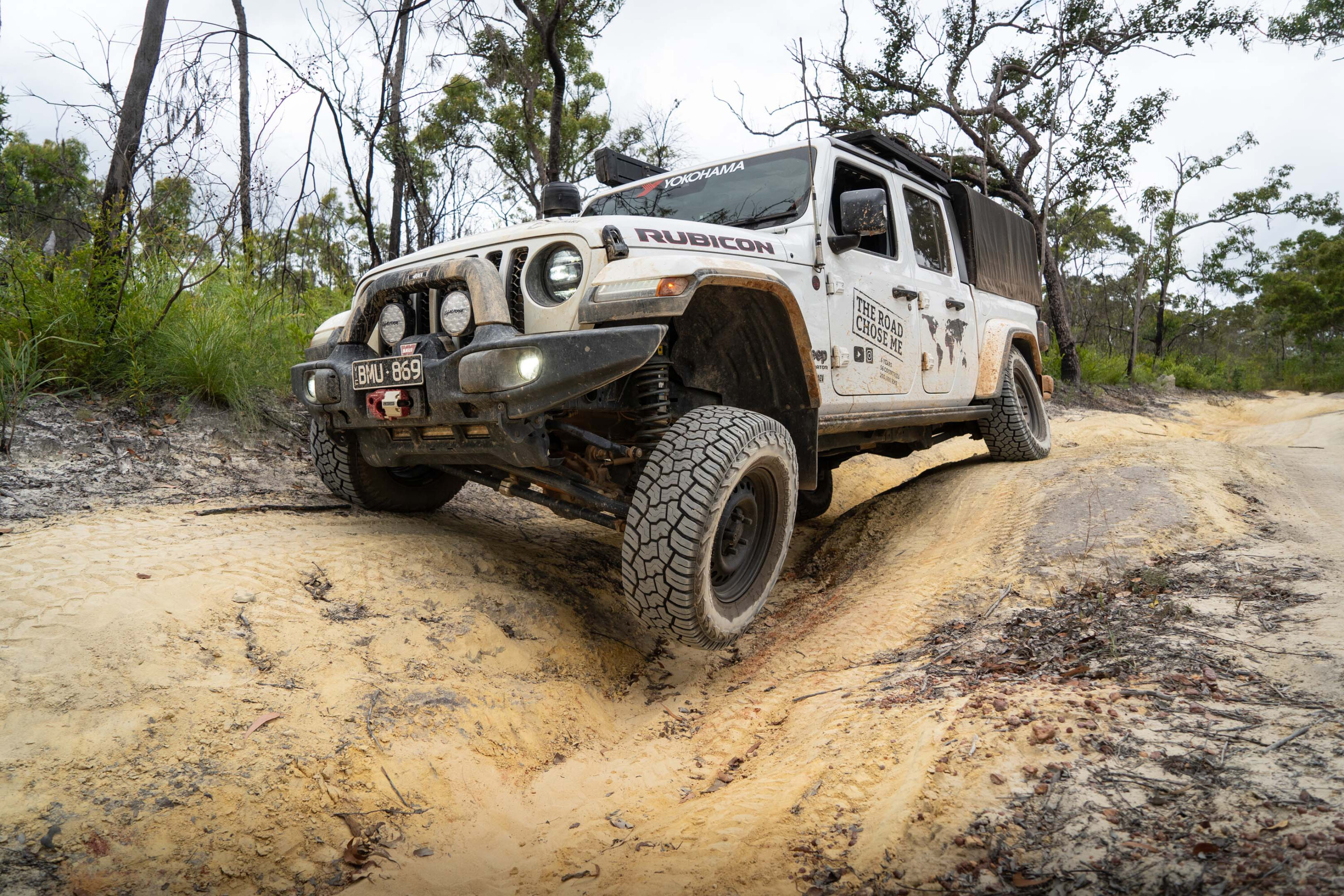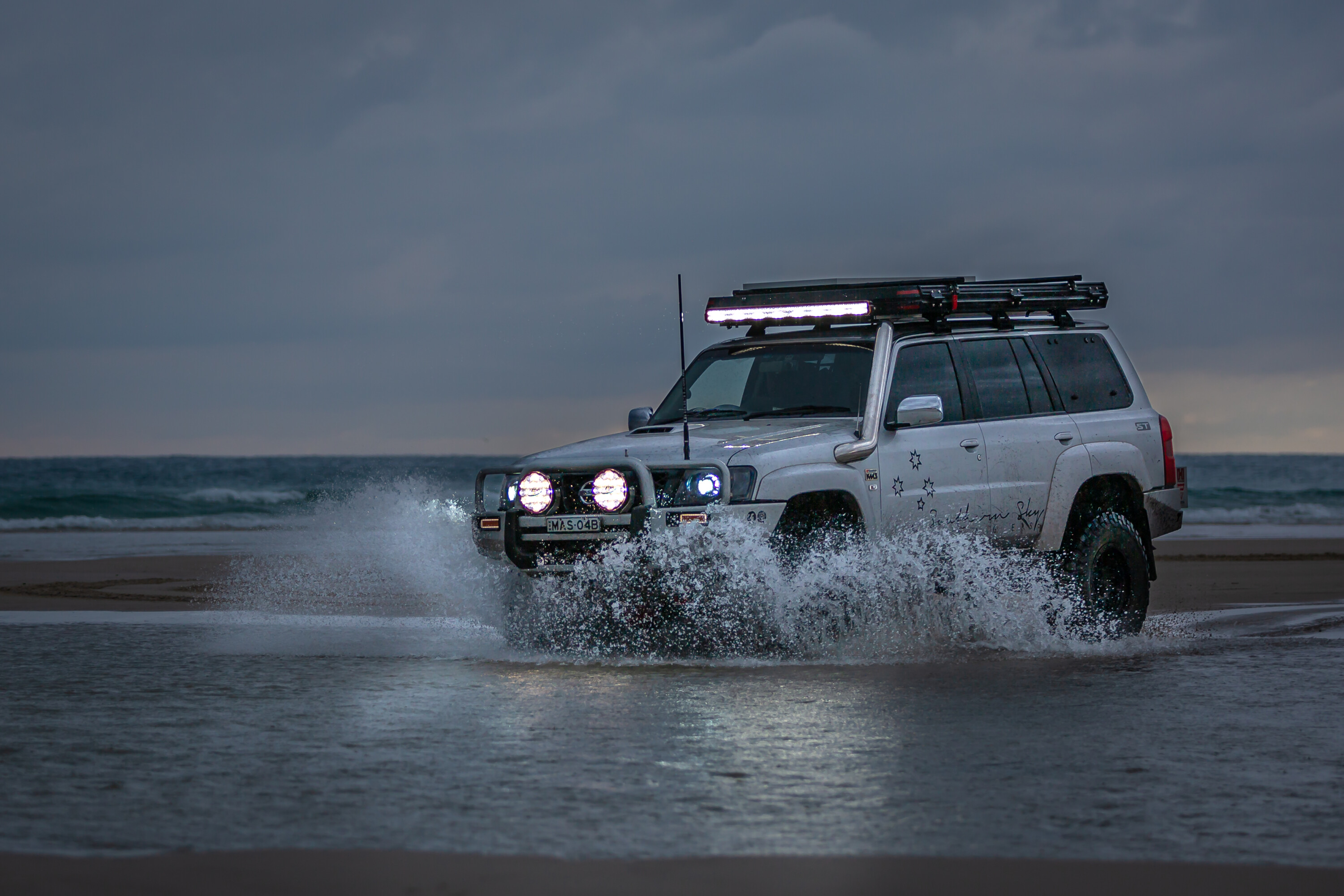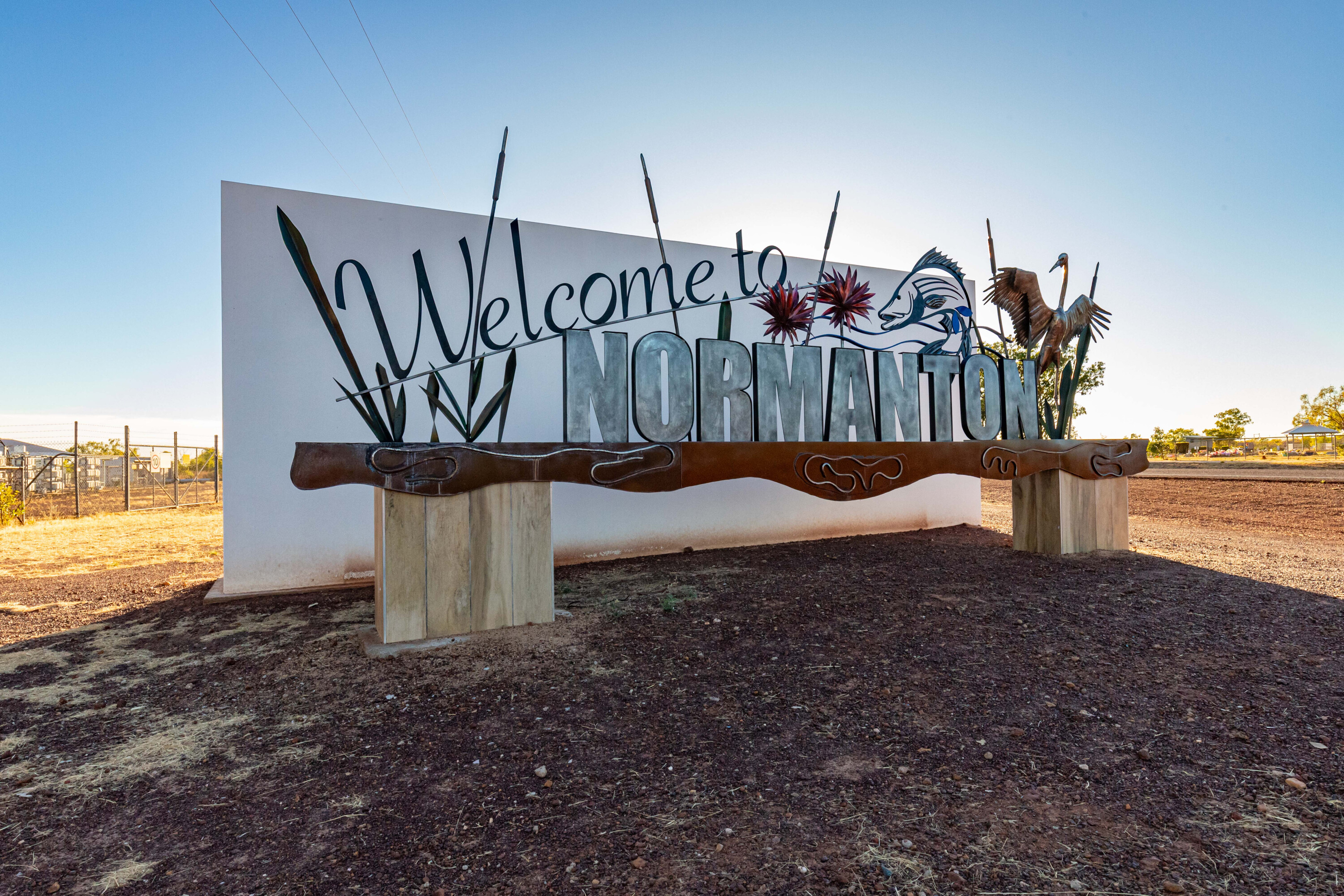THE Cape York Peninsula is an incredible natural environment, with breathtaking sceneries, long and sandy beaches, the largest lowland and tidal (mangrove) rainforests in Australia, the longest parabolic sand dunes in the world, perched dune lakes, endless monsoon woodlands, coastal flood plains, arid grass lands, an abundance of riverine systems that feed waterfalls, tidal estuaries, and wetlands that extend to far horizons.
These environments house a vast array of wildlife and flora native to the area, including the largest reptile in the world: the misnamed saltwater (Estuarine) crocodile. Put simply, it eats people if they’re stupid enough to ignore the dangers – and people are killed every year across the tropics. The crocs live in both fresh and saltwater environments, sometimes hundreds of kilometres inland in stream pools and billabongs. They also inhabit remote islands and coral cays in the Coral Sea.
The Cape has seen little change since Lieutenant James Cook raised a flag on Possession Island, just west of the Cape’s Tip, in 1770. It remains sparsely populated with less than 20,000 people calling it home.
The official historic border of the Cape is north of Mitchell River and Rifle Creek at Mount Molloy. The official scientific border is the longitudinal line that extends from Cooktown to Pormpuraaw, but no-one takes much note of it. The “scientific” Cape is about 115,350km² in size and extends more than 1000km from Cairns to the Tip. It’s bounded by the Great Barrier Reef lagoon to the eastern side, the Torres Strait to the north, and the Gulf of Carpentaria to the west.
The Cape only has two seasons, Wet and Dry. For the Wet, the amount of rainfall and the season’s duration varies from year to year. It’s recommended not to travel once the build-up of rainfall commences in November, with the Wet proper often beginning anytime from Christmas and lasting until late-April. Many bush tracks remain closed until June, and National Parks rarely open until mid-May. The times of travel and track openings are totally dependent on the vagaries and the duration of the Wet.
Access to the Cape is possible via the Peninsula Developmental Road (PDR), which extends from Lakeland, south of Cooktown, to Weipa. The urban myth that the region is a third world country is far from true, as much of the PDR has long stretches of bitumen and well-maintained dirt sections. In fact, about three quarters of the road will be bitumen by 2018.
Currently the PDR is sealed as far as Laura, with long stretches of bitumen sections extending to Weipa. Sealed roads are being continuously added and are the cause of complaints from many 4WD travellers who reckon the Cape is losing its wilderness identity. That may be so, but people who live there are just as entitled to good roads as the rest of the country.
However, more adventurous routes run from Cooktown via the Battlecamp and Starcke tracks. The latter is maintained as far as the Starcke River, before a proper bulldust track takes over and runs to the Rinyirru or Cape Melville National Parks. Even more isolated routes are from the Burke Developmental Road between Mareeba and Kowanyama. Check it out on a Hema Cape York Map.
Laura, Coen, Weipa and Portlands Road are small towns and are backed up by roadhouses at Hann River, Musgrave, Archer River, Moreton and Jardine. Hope Vale and Lockhart River are the only Aboriginal communities on the east coast, while Pormpuraaw, Aurukun and Napranum are on the west coast. There are five communities in the Northern Peninsula Area (NPA): Injinoo, Umagico, New Mapoon, Seisia and Bamaga.
These communities have supermarkets, post offices, schools, medical centres, police stations, as well as fuel, basic supplies, limited mechanical repairs, accommodation and camping facilities. Permits aren’t required to visit Indigenous communities or Deed of Grant in Trust (DOGIT) lands, but no alcohol is allowed, even when passing through.
The roadhouses have accommodation, campgrounds, meals, fuel and some basic repairs, while Cooktown, Weipa and the NPA stock almost all supplies.
Most of the land in the Peninsula is DOGIT titled, which means it’s owned by Indigenous people. The rest consists of National Parks and reserves, which are jointly managed by Queensland National Parks and Wildlife and the traditional owners.
There are few limitations to camping along roads and tracks. Many people overnight in roadside burrow pits, parallel to running streams, on the beach, or under a shady place. Others prefer a meal and shower at a roadhouse or township, or even a comfortable room for the night (book ahead if you wish to do that).
All Aboriginal communities, except Napranum and a few on the NPA, have basic campgrounds and motel-style accommodation. Some restrictions may apply and people are asked to respect the customs and avoid speeding, as children and dogs play in the streets. The only campfire restrictions on the Cape are when you’re in National Parks, as it’s claimed animals use dead timber for shelter and fires may pose a fire risk.
Thanks to the maintenance of the PDR, Bamaga Road and the main arteries to Pormpuraaw and Portland Roads, a Cape trek isn’t hard. However, a 4WD vehicle is highly recommended for exploring remote and infamous tracks like the Old Telegraph Track (OTT), the Frenchmans Track and others. Most stock standard 4WDs are fine, unless you want to drop it off the bank into Gunshot Creek.
A bullbar and an external intake snorkel are must-haves if you plan to cross rivers and creeks on the above mentioned tracks, while driving lights are recommended as there are plenty of wandering kangaroos, horses and cattle. Modified tyres aren’t needed unless you plan to go up in the Wet season – I use Toyo M55 All-Terrains and they’re simply amazing when it comes to driving on rough bush tracks, no matter what the surface is like. The tyres should be 36psi on the PDR and elsewhere but down to 16psi for sand and beach excursions, so invest in a reliable air compressor and tyre gauge. Also carry spare radiator hoses and driving belts, shock bushes, bearings, grease and rags, a comprehensive took box, recovery gear and plenty of drinking water.
Tents and off-road-capable camper trailers are popular for these tracks, and rooftop tents are recommended by neurotic urban travellers who are in constant fear of snakes and crocodiles. However, a 30-second Oztent, or a mozzie dome, rain shelter and swag is all you need. Rooftop tents restrict movement of the vehicle if you wish to go for a drive from the camp, and people also tend to fall down from vehicles when they forget where they are at night.
Keep a Cape trip simple by keeping weight down and improving mobility. A camp oven and barbecue plate is simple to cook on over an open fire, and small Gasmate stoves are hugely popular. A folding table and chair is a must, as is a 4x6m tarpaulin for use as a fly for a semi-permanent camp – because it often rains on the Cape, especially early in the Dry season when the trade winds slam into the east coast. You can use poles and ropes for it, or tie a length of rope between two trees for an A-frame to provide shelter from sun, dew and rain. Also carry some winter gear, as parts of the Cape can cool down to 5-8°C during June-July.
To get the most out of your Cape experience, do the research and visit the many towns, communities and people. Above all else, enjoy camping out under the stars with the dingoes howling in the darkness.
CAST A LINE
FISHING is one of the main reasons people visit the Cape, and it’s as easy as sitting on one of the many jetties or beaches at: Cooktown, Seisia, Elim Beach at Hopevale, Cape Flattery, Melville Bay, Bathurst Bay, Lloyd Bay, Chili Beach, Captain Billy Landing, Pormpuraaw, Weipa and the NPA.
The jetties, beaches and estuaries offer barramundi, trevally, queenfish, Spanish mackerel, cod and more. The only problem on the east coast beaches and some estuaries is that when the southeast trade wind blows the froth off the waves makes fishing often impossible. But on the west coast the trade winds blow over the coast and touch down about two kilometres from shore, leaving a calm inshore corridor that has amazing fishing. There are also many streams and estuaries where a boat or tinnie is a must.
Barramundi is what makes the Cape tick. If you are a barra virgin, hire a guide when in Cooktown, Weipa or Seisia and find out how it’s done. Take a selection of hooks ranging from 3/0 to 5/0, sinkers and a good reliable rod and reel. Both mono and braid lines needs to be 20lb or better.
If you don’t have any barramundi lures buy them in Atherton, Cairns, Cooktown or Weipa. Their prices are comparable or better to those in the south and they only stock the lures and colours that the fish bite on. Plus, you get updated information where the fish are biting and on what.
Port Douglas and Cooktown are the closest towns to the Great Barrier Reef, and regular day charters operate to the reef for sight-seeing, diving and fishing.
TIPS AND TRICKS
FIST-sized rocks hurtling towards your windscreen are common sight, and if you hit an airborne rock at speed you’re up for the cost of a new window. Slow down to 60km/h and move off the road to avoid it. Never switch into another “lane” on dirt sections, where piled-up gravel ridges divide the track, at speed. Vehicles will fish-tail and, in a worst case scenario, roll over.
When overtaking, call the vehicle ahead on channel 40. Radios are almost mandatory, as there is a lot of 50m-long road-train traffic. Some folk don’t like moving over, so give them the road and save your windscreen. Sometimes it’s best to take a break, boil the billy and go for a walk.





